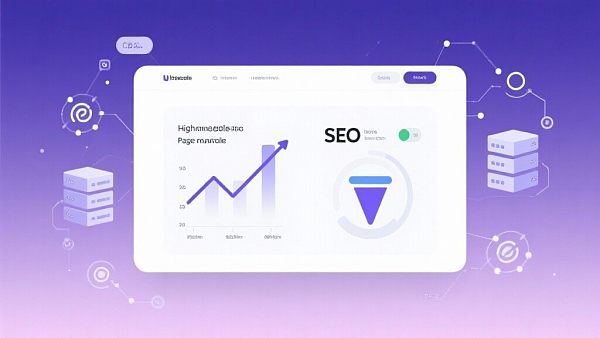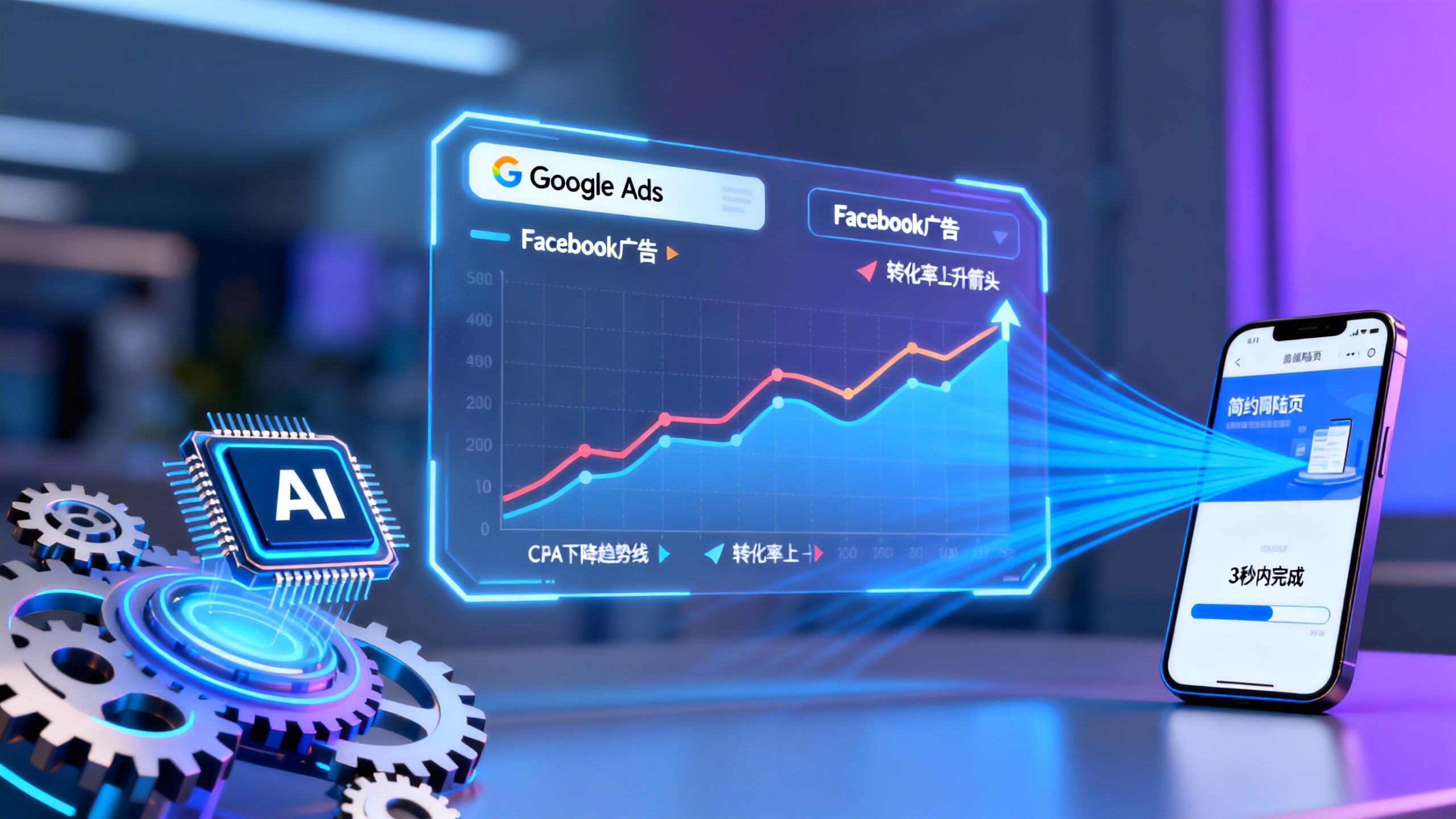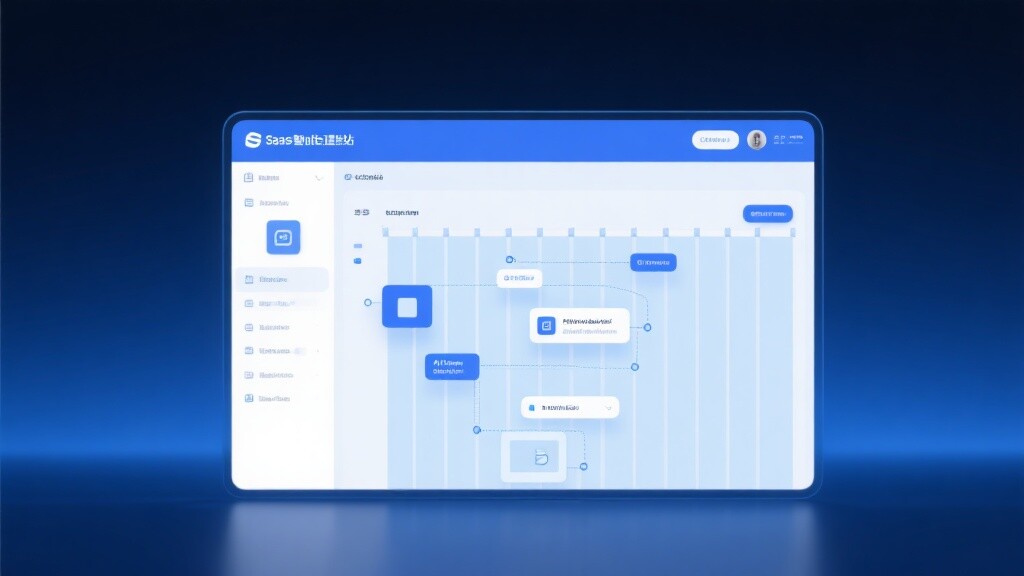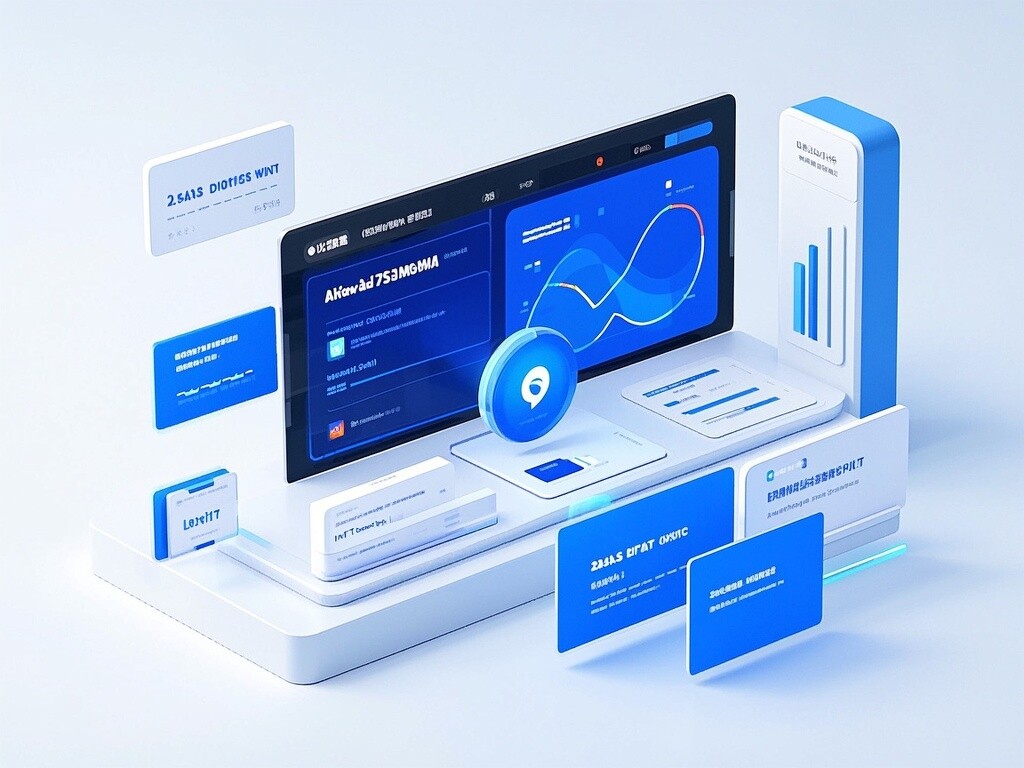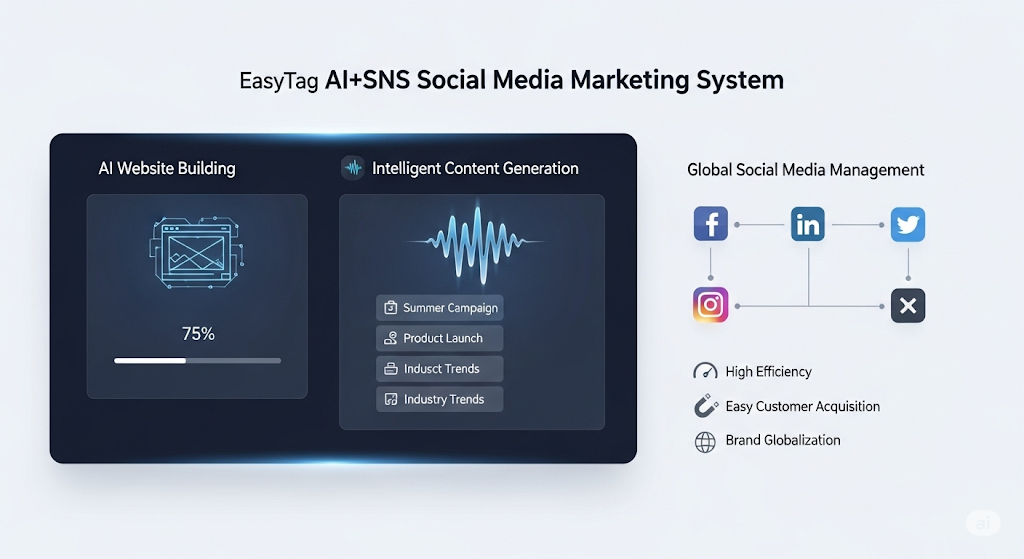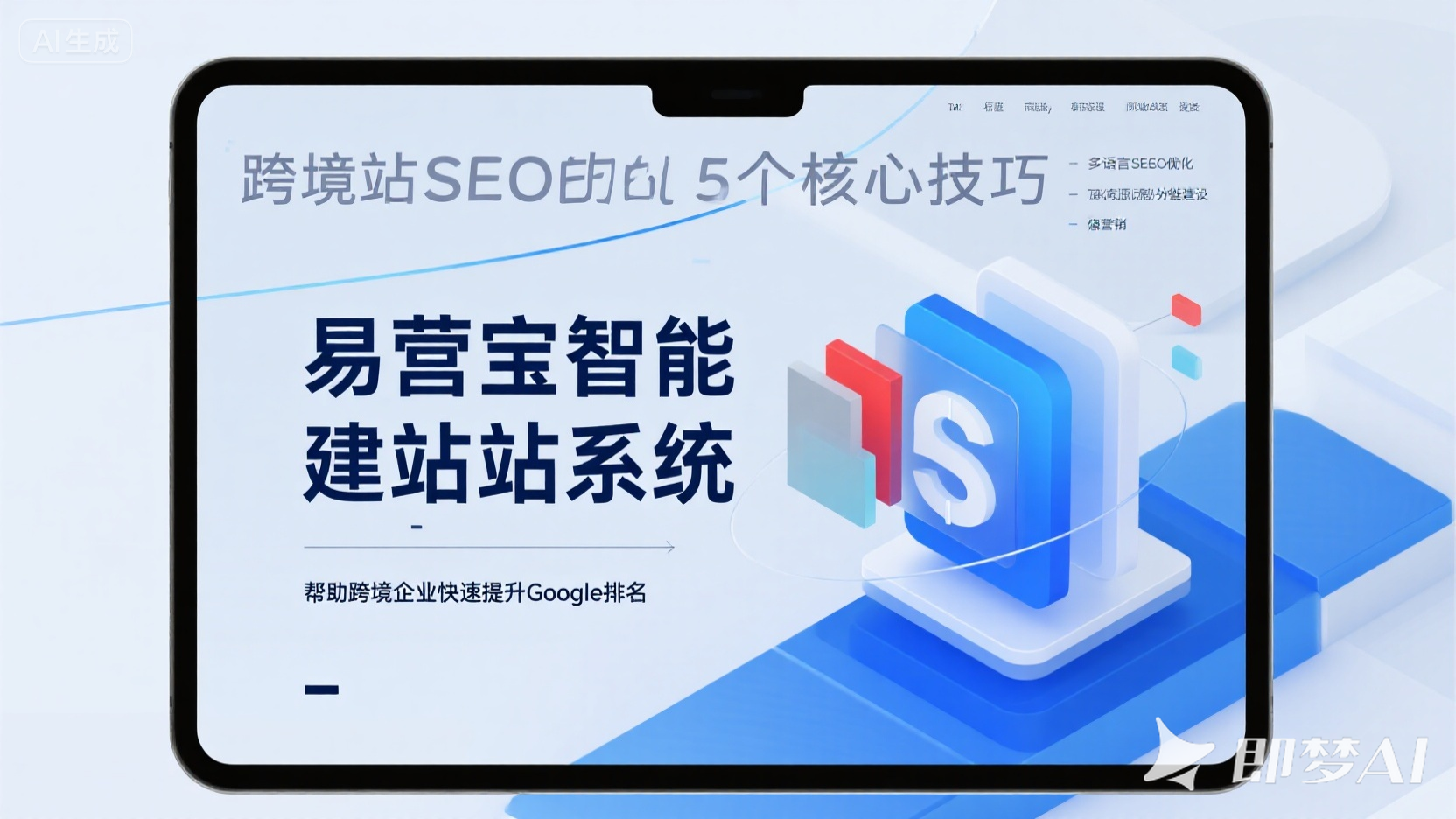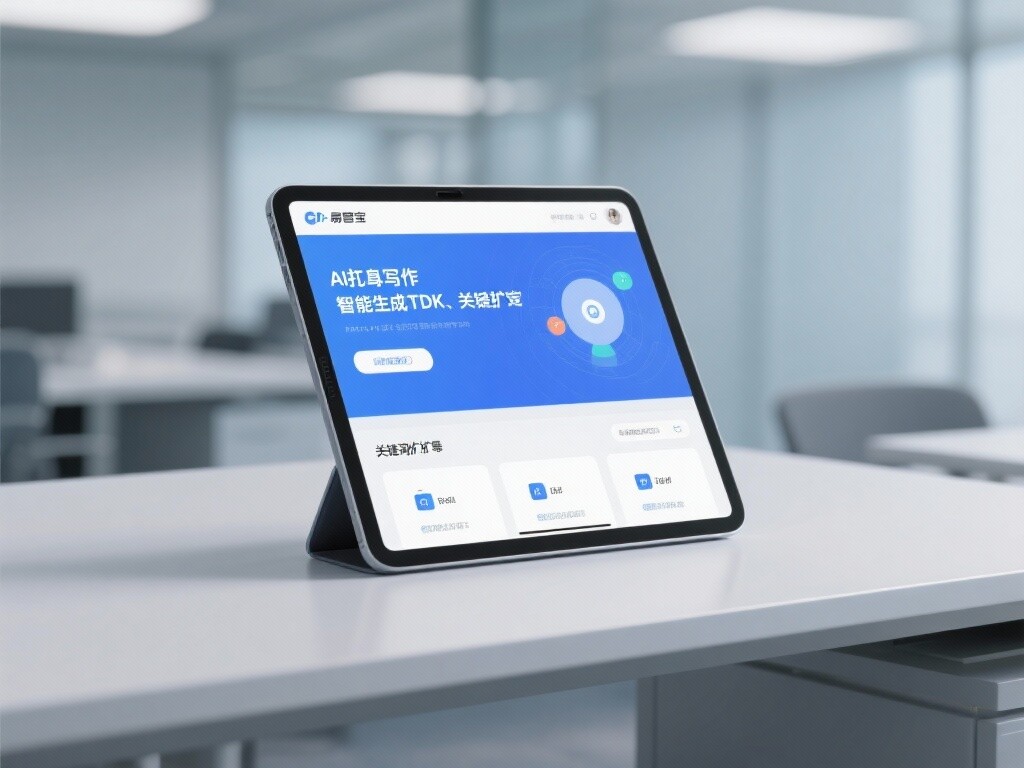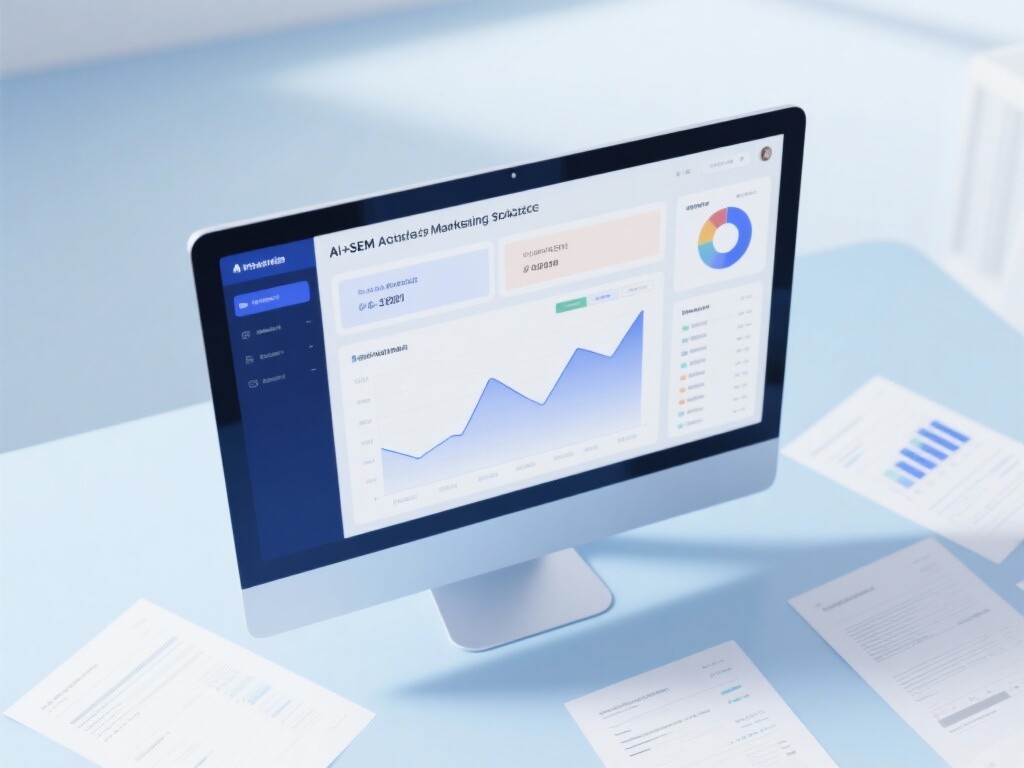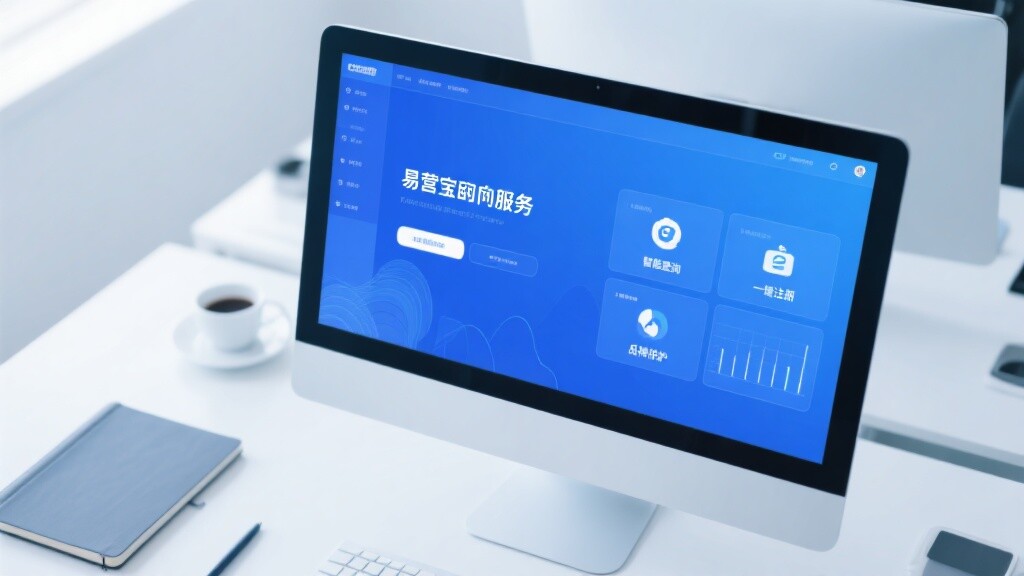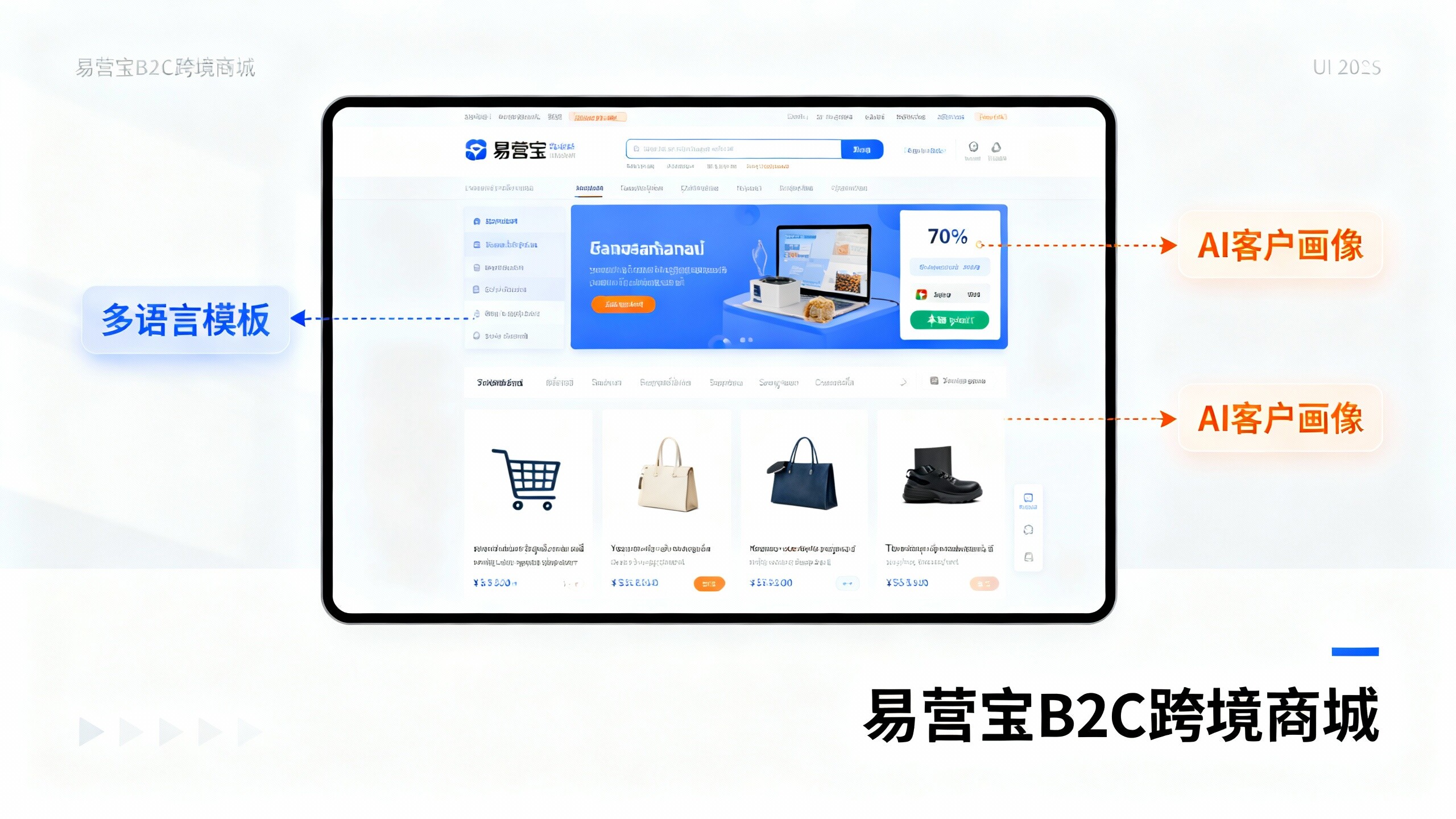- Enterprise SaaS Website Platform Comparison: Eyingbao vs Traditional Website Solutions2025-12-12View details
- 2024 Smart Website Industry Analysis: Enterprise Service SaaS Report Interpretation2025-12-12View details
- Eyingbao SaaS CMS Platform vs. Competitors: Which is More Suitable for Foreign Trade Enterprises to Build Websites?2025-12-12View details
- Website platform user research: What are the top 3 core needs that businesses are most concerned about?2025-12-12View details
- How to Choose a Schema-Ready Website Builder in 2024? 5 Key Factors Analyzed2025-12-12View details
- Cross-border SaaS Website Builder Selection: 5 Key Technical Parameters Project Managers Must Consider2025-12-12View details
- International Digital Marketing Trends: How Can a Multilingual Website System Boost Conversion Rates?2025-12-12View details
- 2024 Smart Website Market Report: Multilingual Foreign Trade Website System Growth Exceeds 60%2025-12-12View details
Smart Website Construction Price Full Analysis: How to Use Budget to Build a High-Conversion Site
This article targets information researchers and actual users/operators, focusing on the most common questions in the enterprise SaaS service domain: How is the pricing of intelligent website construction structured? With a limited budget, how can independent site high conversion be achieved through multilingual SEO optimization services and website loading speed optimization services? The article combines industry data with actionable allocation strategies to help foreign trade and export enterprises allocate their budgets to "conversion levers" while balancing technical stability and long-term SEO effects.
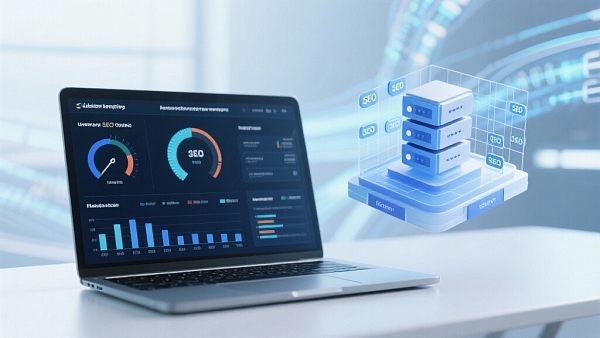
Budget Composition and Intelligent Website Construction Pricing Breakdown: What Are You Paying For?
The first step in understanding intelligent website construction pricing is breaking down the costs into several major components: basic site construction and template customization, technical performance and security, SEO and content investment, multilingual and localization, and ongoing maintenance and data analysis. Basic site construction costs typically include domains, hosting/servers, and template design. In the market, SaaS site construction is tiered by functionality, with lower-priced basic versions offering limited SEO friendliness for independent sites. When pursuing high-conversion templates, immersive purchase paths, and mobile-first designs, costs rise in a tiered manner. Technical performance and security represent another hidden cost: CDN acceleration, SSL certificates, DDoS protection, and server distribution directly impact website loading speed and stability, also enhancing long-term SEO and ad placement efficiency. The third category is SEO and content investment, including keyword research, TDK optimization, page and column content production, technical SEO audits, and structured data markup. Excellent SEO investment is not a one-time expense but a continuous output of traffic and conversion. The fourth category is multilingual and localization costs: For foreign trade enterprises, supporting multiple languages like Chinese and English, combined with AI translation and localized terminology, truly unlocks target markets. This involves translation proofreading, localized images/materials, and multilingual SEO setup costs. Finally, there's ongoing maintenance and data analysis: including ad placement optimization (SEM optimization techniques), social media operations, external link management, and performance monitoring. Long-term budgets are recommended to allocate 20%-30%. When setting budgets, phased investment is advised: Phase 1 focuses on technical stability and core page SEO, Phase 2 expands content and multilingual capabilities, and Phase 3 involves social media and ad scaling. This approach controls initial intelligent website construction pricing while ensuring measurable returns at each step.
The Practical Path to Maximizing Conversion Rates with Multilingual SEO Optimization Services and Website Loading Speed Optimization Services
For foreign trade enterprises or cross-border B2B sites, simple English pages are far from sufficient. Multilingual SEO optimization services go beyond machine translation, requiring localized keywords, directory structure mapping, hreflang tags, and target language content production workflow management. By incorporating multilingual solutions into the initial budget, high costs from redundant development can be avoided. On the technical side, website loading speed optimization services include server distribution optimization, image and multimedia lazy loading, resource compression and merging, browser caching strategies, and Critical CSS with asynchronous script loading. Practical data shows that every 1-second improvement in loading speed significantly boosts user conversion rates; for search engines, speed is also a ranking factor. Leveraging intelligent tools allows limited budgets to focus on "highest cost-performance" points: prioritizing above-the-fold loading and mobile experience, optimizing key conversion pages (e.g., product pages, inquiry forms) with performance enhancements and structured data, thereby improving independent site SEO performance and reducing bounce rates for dual benefits.
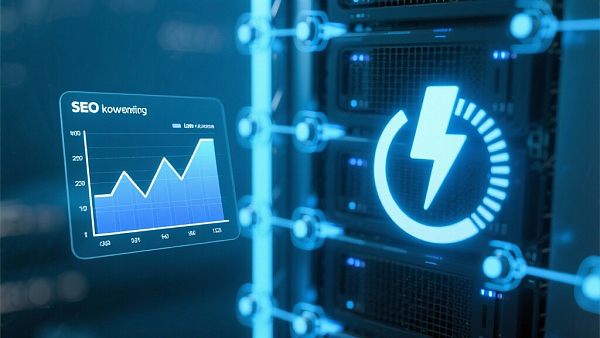
At the operational level, a "AI + automation + manual verification" hybrid workflow is recommended: Use AI to generate basic multilingual pages and draft image ALT texts and TDK, then have localization experts verify keywords and cultural fit, followed by real-time content performance monitoring tools to evaluate click-through and conversion gaps. This workflow reduces initial content production costs while ensuring organic traffic growth in target language markets. Additionally, combining ad landing page acceleration (SEM optimization techniques) can more efficiently convert ad clicks into inquiries, improving ad ROI. Many overlook how website speed impacts ad quality scores and costs: when loading speed optimization services are implemented, Google Ads and Meta bidding costs often decrease, ad effectiveness improves, indirectly lowering overall customer acquisition costs.
Investment Priorities for Technology and Content: Keyword and Content Strategies in the AI Era
In the current technological landscape, AI-driven keyword mining and content production can exponentially amplify limited budget outputs. Executable priorities include: First, conducting deep technical SEO audits to identify missing structured data, unreasonable internal link distributions, and page indexing issues. Second, using AI keyword mining tools to evaluate target keyword competitiveness and commercial value, generating keyword matrices sorted by conversion value. Third, applying core keywords to product and category page TDK and above-the-fold content, ensuring each key page carries semantic signals recognizable by search engines. AI's role in content mainly manifests in batch article generation, automated TDK creation, and automated image ALT tagging, significantly reducing labor costs while maintaining semantic consistency and multilingual scalability. By treating AI tools as "content amplifiers" rather than complete replacements, enterprises can quickly build long-tail keyword content libraries with lower budgets, driving stable organic traffic growth.
In advertising and social media, AI ad managers and creative factory models provide high-CTR ad copy and multilingual ad creatives. Combined with precise account structure optimization (SEM optimization techniques), ad CPC can be significantly reduced while boosting conversion rates. Other technical key points include multi-resolution image and video processing, mobile adaptation, and automated performance detection with one-click optimization solutions, all within website loading speed optimization services. For enterprises seeking rapid data-driven iteration, real-time content performance monitoring and ad creative A/B testing should be long-term budget items, establishing continuous optimization loops.
Budget Allocation Examples and KPI Quantification for Foreign Trade Enterprises: Spending Wisely
For foreign independent sites or overseas B2B sites, initial annual budgets are recommended as follows: 30% for technology and performance (servers, CDN, page speed optimization), 25% for content and multilingual SEO (including AI drafts and manual localization proofing), 20% for ads and customer acquisition (SEM and social media), 15% for data and monitoring (real-time detection tools, A/B testing, and reporting), and 10% for unforeseen localization compliance and third-party integrations. This allocation ensures sites are both search-engine friendly at launch and perform well during ad campaigns. Specific KPIs recommended: page above-the-fold loading time ≤2.5s, mobile CLS and LCP meeting industry best practices, key product keywords reaching target market search first page within 6 months, ad conversion rates increasing by at least 30% with CPA dropping 20%.
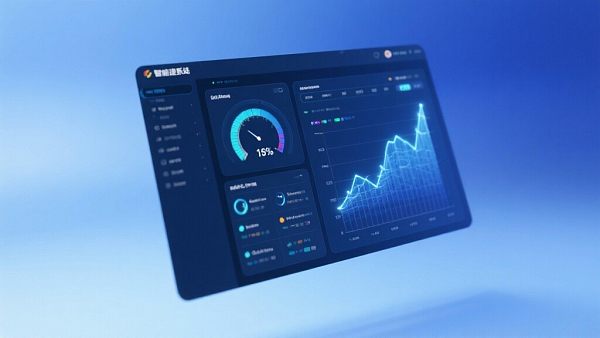
In actual projects, systematic AI+SEO tools enable more efficient budget usage, such as automated keyword matrix generation, batch AI article production, and automated internal link optimization. These capabilities multiply content production efficiency while ensuring ranking stability and traffic quality. When selecting vendors, prioritize partners with global CDN and compliance capabilities, offering multilingual SEO optimization services and website loading speed optimization services, directly impacting independent site sustainable growth. As an industry reference, a SaaS provider with globally deployed servers and AI marketing engines achieved 40% faster page loading and 35% higher SEO scores post-optimization—valuable benchmarks for budget allocation and performance expectations.
Conclusion and Actionable Guidance
Allocating limited budgets to directly impact conversion is key to controlling intelligent website construction pricing. Prioritizing website performance and mobile experience, incorporating multilingual SEO optimization services early, and combining AI-driven keyword and content production can quickly build high-conversion independent sites while keeping costs manageable. Balancing technology and content, with data-driven ad strategies, is the critical path for foreign trade enterprises to achieve sustainable growth. With a decade of technical沉淀 and global deployment, combined with AI and big data capabilities, we offer end-to-end solutions covering site construction, SEO, social media, and ads, supporting foreign trade enterprises through "construction-acquisition-conversion" loops. Explore our AI+SEO dual-engine optimization services, experiencing AI keyword mining, automated TDK generation, multilingual content one-click generation, page loading diagnostics, and one-click optimization solutions to enhance traffic quality and conversion rates under limited budgets: AI+SEO Dual-Engine Optimization Services.
If you're evaluating intelligent website construction pricing or seeking customized foreign trade marketing solutions and independent site SEO implementation advice, contact us to learn more about solutions and case studies, or apply for a free website performance and SEO audit. Our goal is to invest every budget dollar where it generates the highest commercial returns.
- Campbell (name)
- free-standing station
- Multilingual SEO
- SEO optimization
- AI translation
- Independent site SEO
- Foreign trade independent website
- SSL certificate
- Mobile Compatibility
- SEO diagnosis
- SEO Optimization Services
- Website
- Multilingual SEO Optimization
- Social Media Operations
- Website loading speed
- Google Ads
- SEO
- AI Marketing Engine
- Multilingual SEO Optimization Services
- Smart Website Construction
- SEM Optimization Tips
- Website Load Speed Optimization Service
- Intelligent website construction price
- Customized foreign trade marketing solutions
Related Articles
 Digital Marketing Agency Costs Decoded: Case Studies, SLAs & Expected ROI
Digital Marketing Agency Costs Decoded: Case Studies, SLAs & Expected ROI Outsourced Digital Marketing Strategy Services vs. In-House Team: A Comprehensive Cost and Effectiveness Comparison
Outsourced Digital Marketing Strategy Services vs. In-House Team: A Comprehensive Cost and Effectiveness Comparison Common Bidding Ranking Wastage Points and Repair Solutions: How to Control Customer Acquisition Cost per Order by 2025?
Common Bidding Ranking Wastage Points and Repair Solutions: How to Control Customer Acquisition Cost per Order by 2025?
Related Products

